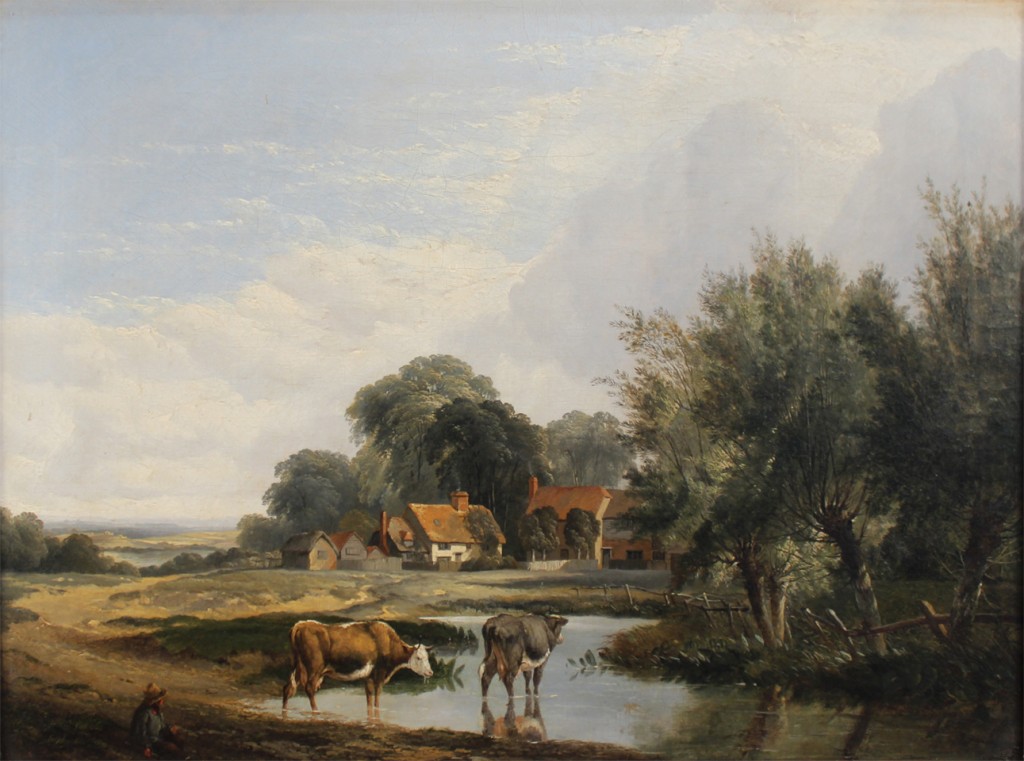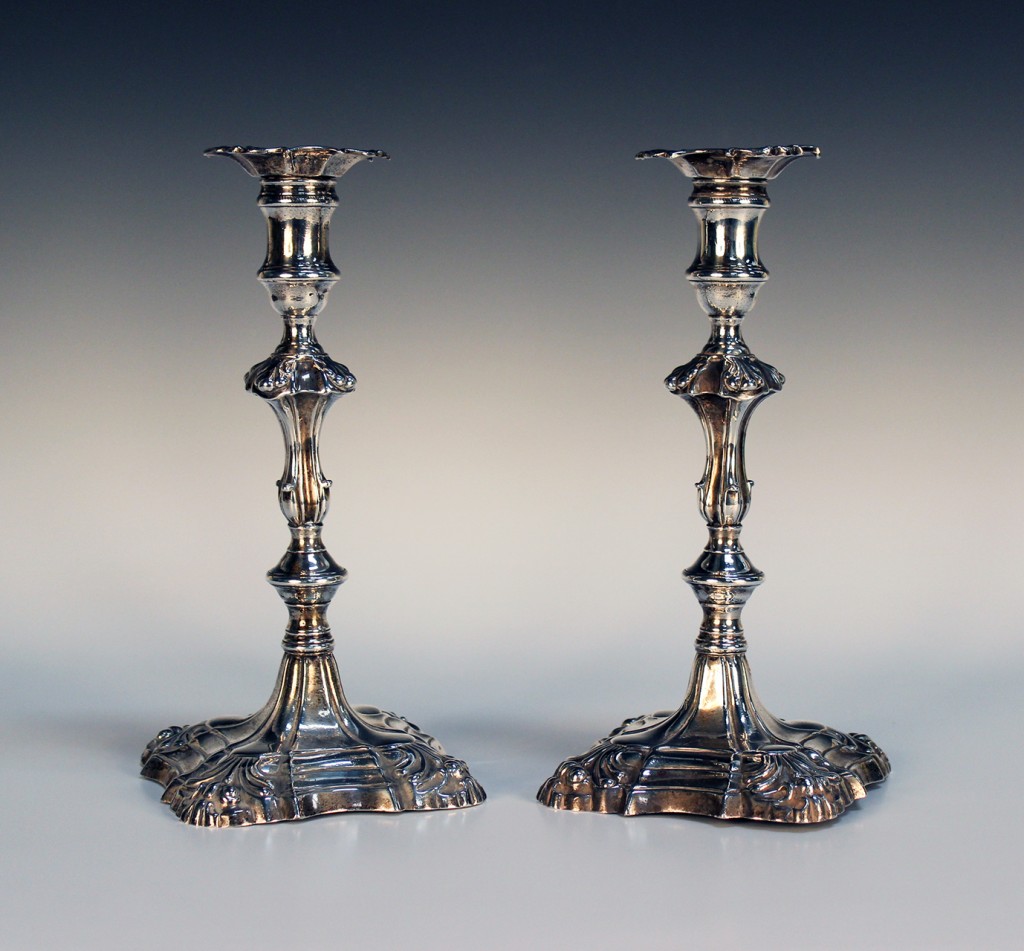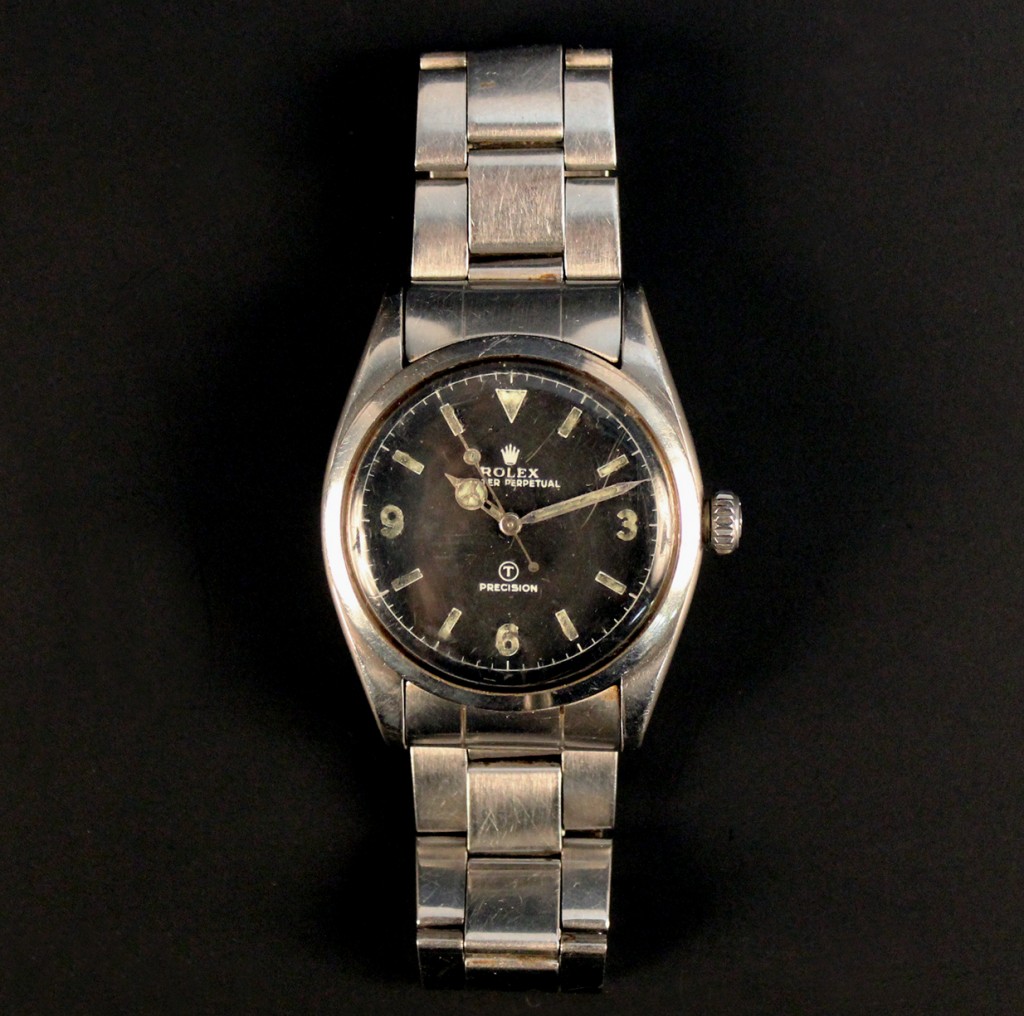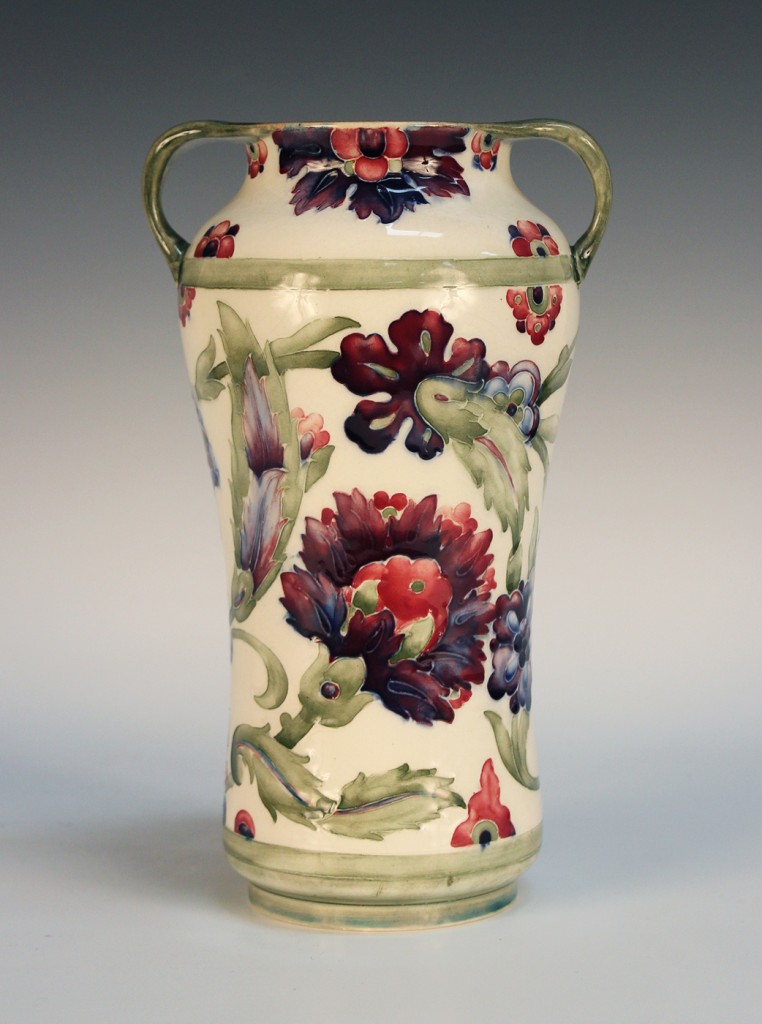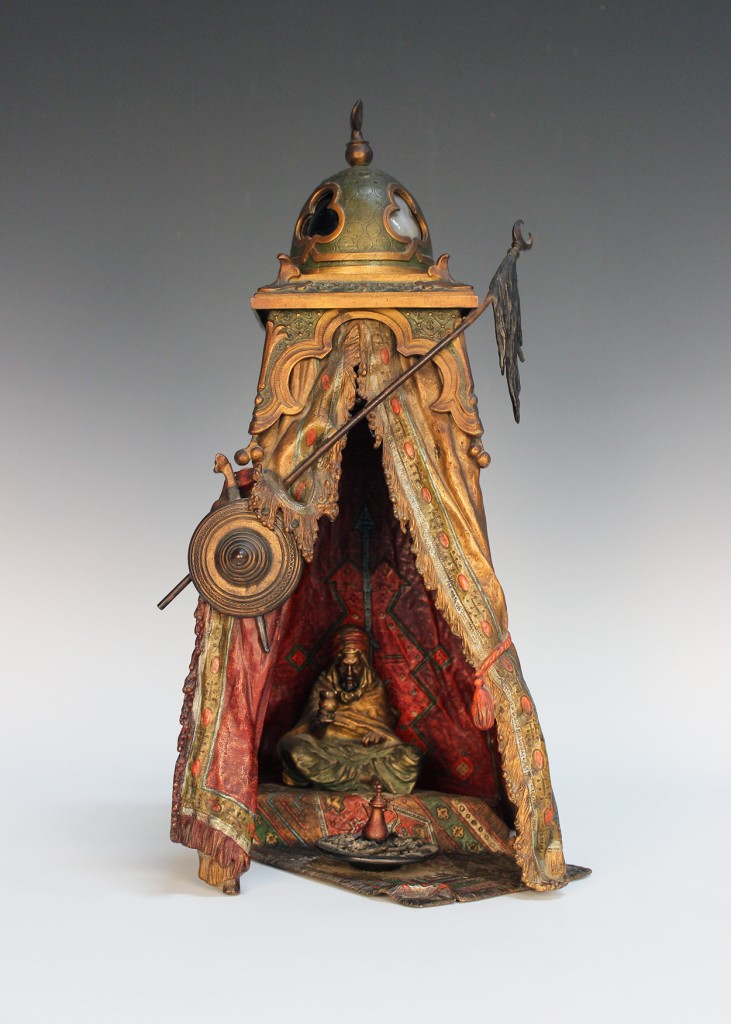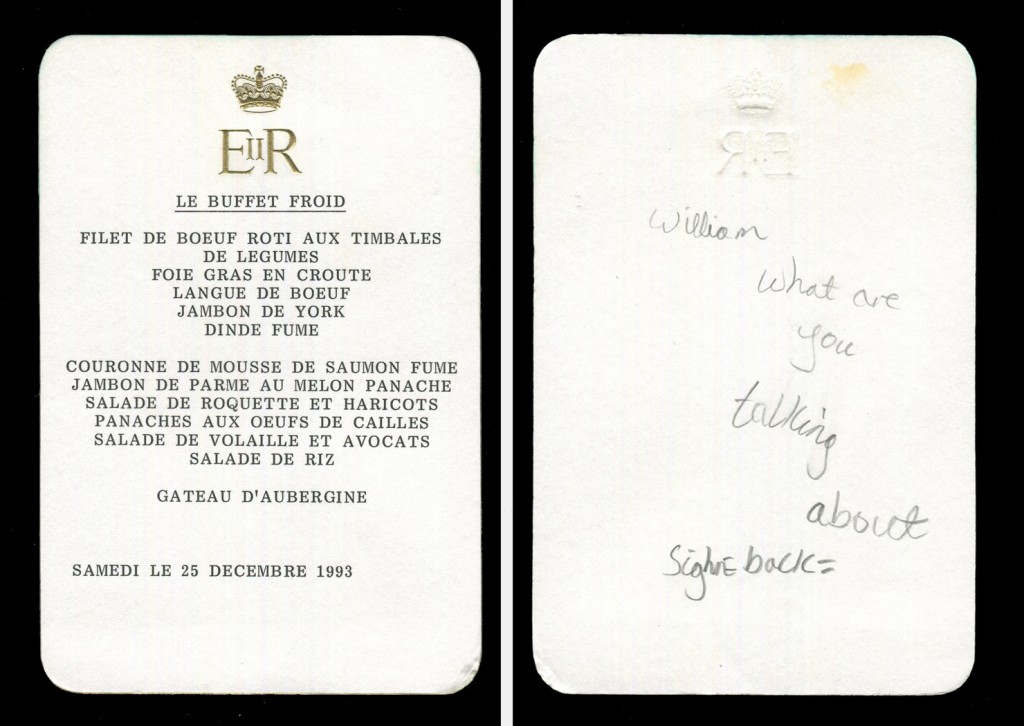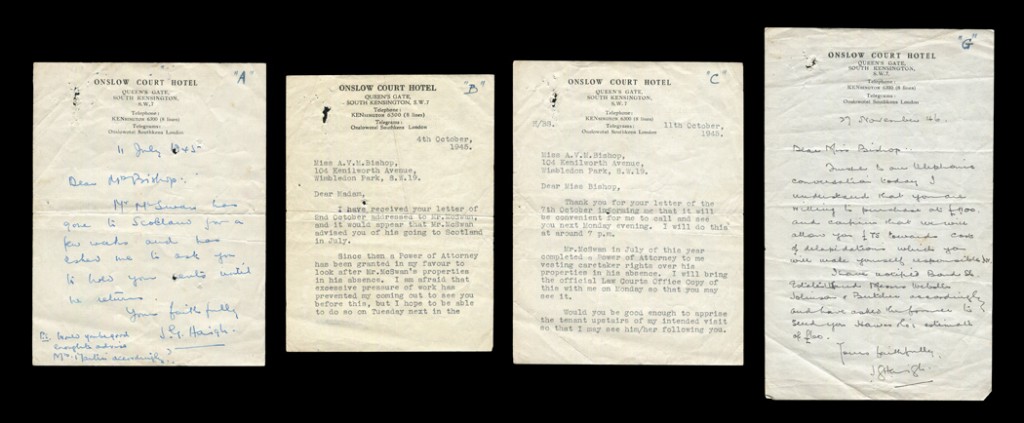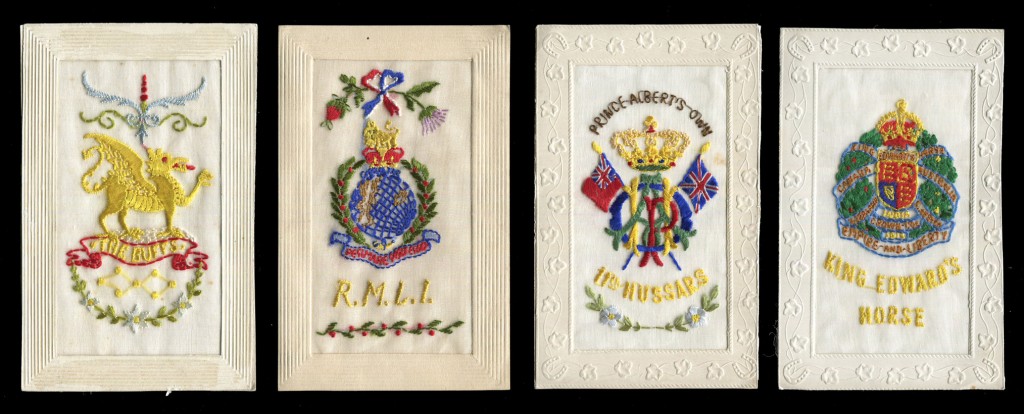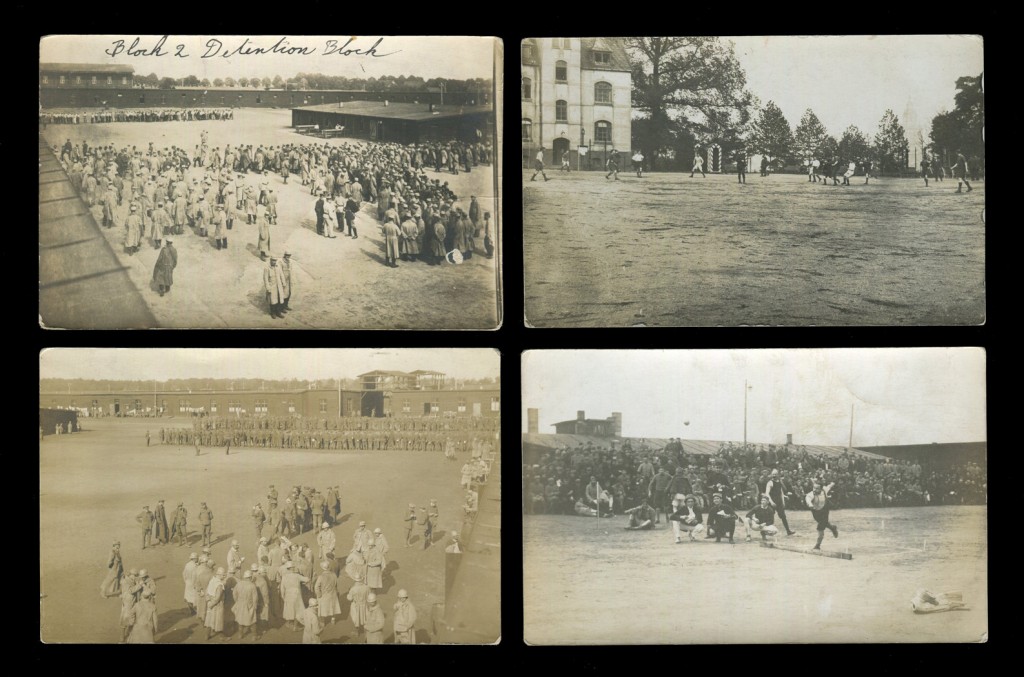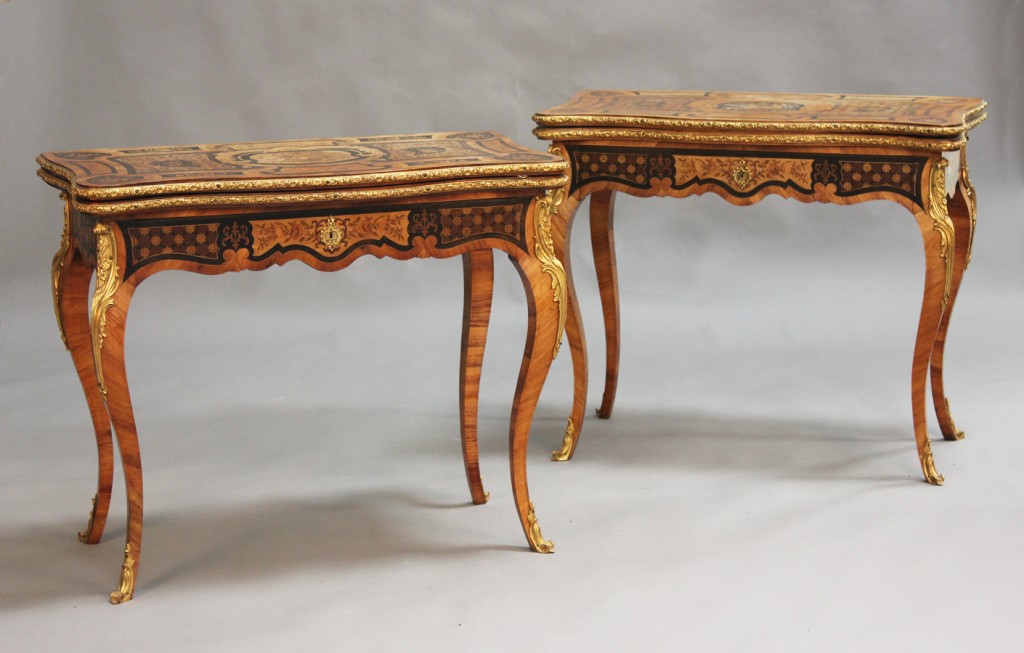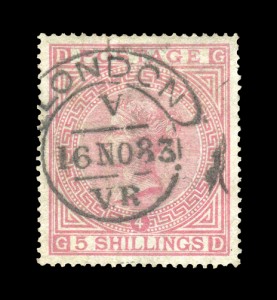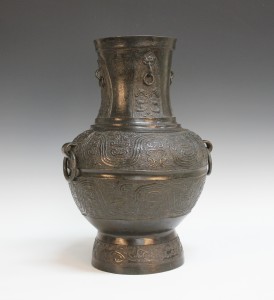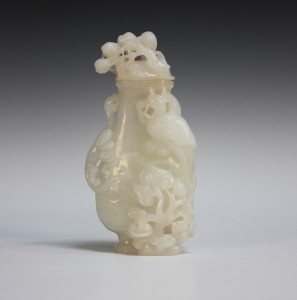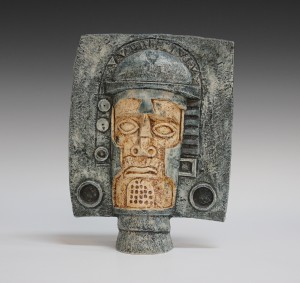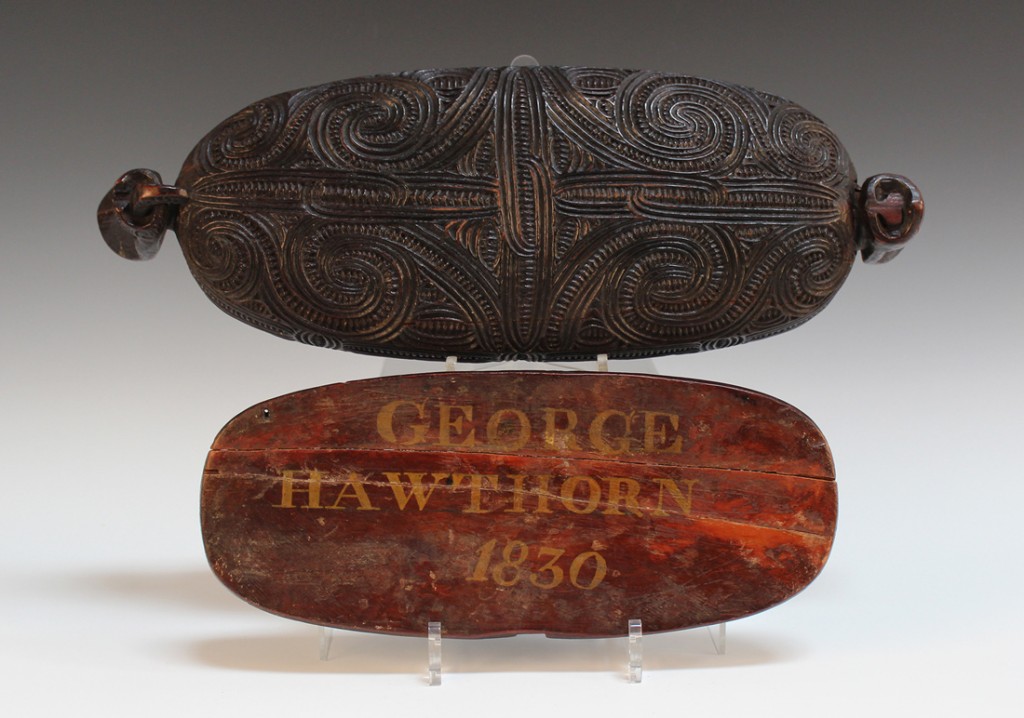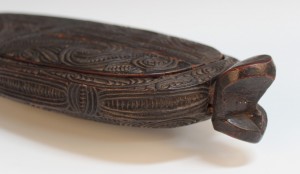Ahead of Toovey’s Series of Auction on 10th, 11th and 12th September we look five Lots that will feature:
From our Select Sale of Fine Art on 10th September is an oil on canvas by James Stark (1794-1859), the view of a farmstead with a figure near two cows is indistinctly signed and measures 44cm x 59cm. Lot 20 carries a pre-sale estimate £3000-5000.
On the afternoon of the 10th September in the Sale of Silver and Plate is this pair of George II cast silver candlesticks, each with a square foliate cornered detachable nozzle above a baluster and knop stem, on stepped foliate cornered square bases, London 1755 possibly by John Wirgman, height approx 23.5cm. Lot 330 carries a pre-sale estimate £700-1000.
Included in the specialist auction of Clocks, Watches, Cameras and Scientific Instruments on 11th September is a Rolex Oyster Perpetual Precision T steel bubbleback cased MOD issue gentleman’s wristwatch, the signed black dial with luminous Arabic and baton shaped numerals, triangular at twelve o’clock, with Mercedes hour hand and centre seconds, the milled screw-off bubble case back unmarked to the exterior, on a later Rolex Oyster steel bracelet with a fold-over clasp. Lot 1020 carries a pre-sale estimate £4000-6000.
A Moorcroft pottery vase, circa 1916, the slender baluster body decorated with the Persian pattern against a cream ground within green glazed banded borders, beneath a pair of green loop handles, impressed factory mark and green painted signature to base, height approx 24cm. Lot 1500 will be offered in the afternoon of Thursday 11th September and carries a pre-sale estimate of £1500-2500.
Our sale of Metalwork and Collectors’ Items includes three Austrian cold painted bronzes by Franz Xavier Bergman. Including The Bedouin Tent, a table lamp in the form of an Arabian gentleman seated within a tall arched tent, the domed top with four coloured glass lenticles, the reverse bearing impressed Bergman vase mark and ‘Geschutz’, height approx 36cm, width approx 18.5cm. Lot 2668 carries a pre-sale estimate £3000-5000.
